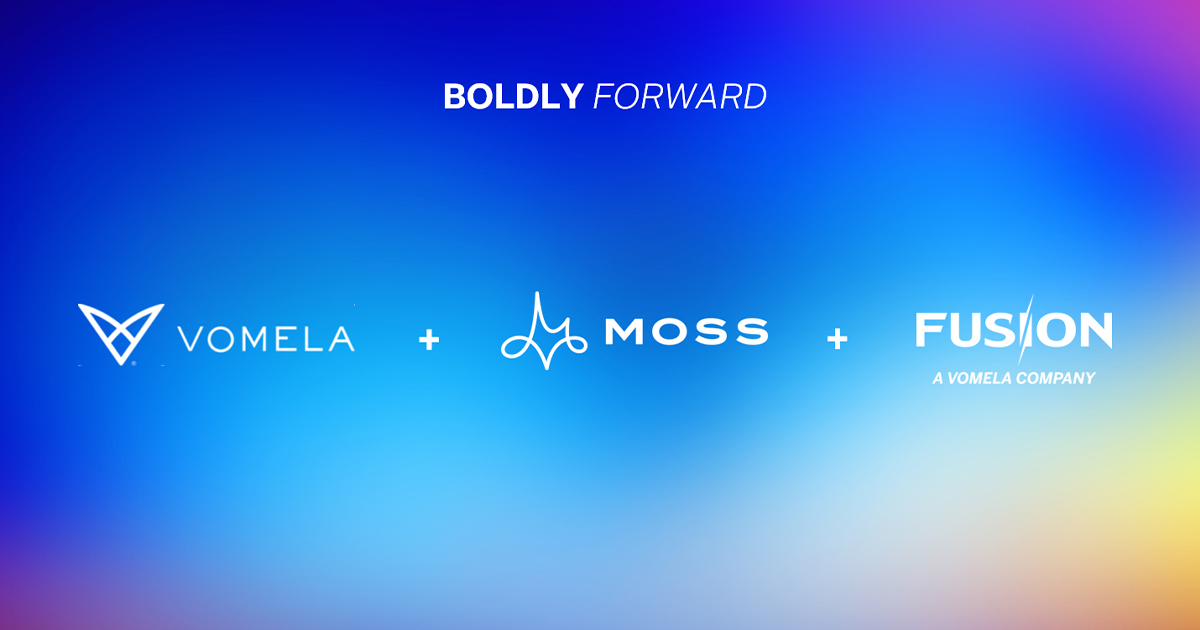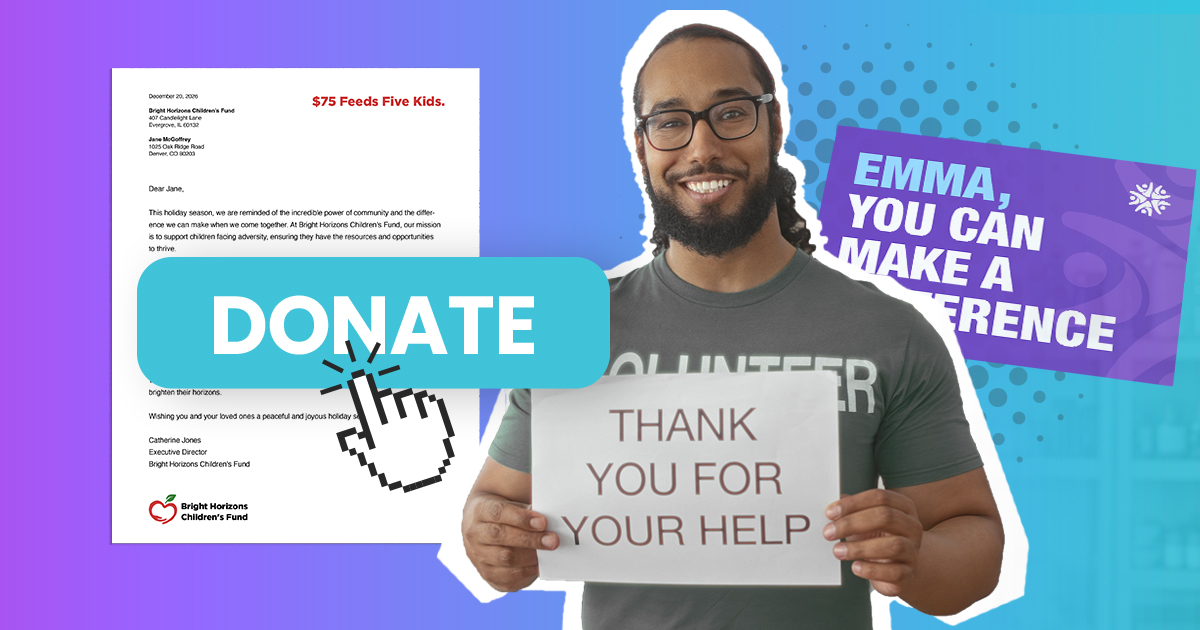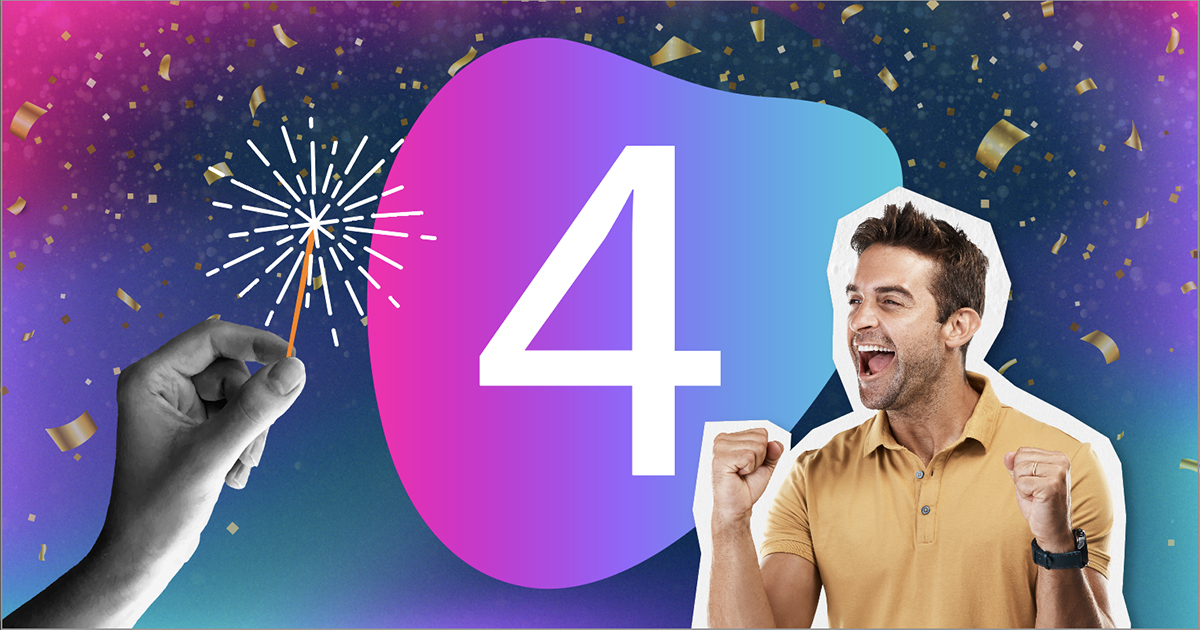
Beyond the Inbox—Part 1: The Campaigns

Recently, Jennifer Bellin, PFL’s CMO, hosted a virtual event titled, “Beyond the Inbox: Unleash the Power of Direct Mail into Your Marketing Mix.” She was joined by Erica Shattuck, Programs Marketing Manager at SAP Concur. Shattuck and SAP have partnered with PFL on direct mail programs for more than five years. What follows is an edited version of the discussion between the two marketing pros, who talked about, among other things, how to integrate direct mail with other channels, how direct mail can be strategically implemented throughout the customer lifecycle, and how direct mail can foster deeper customer engagement and brand connection.
Jennifer Bellin: Good morning, Erica, and welcome. We’d love to hear a bit about how you got started with direct mail?
Erica Shattuck: Sure. The SAP Concur team was trying to expand our marketing reach to get our message to customers and prospects out beyond the email inbox. Unfortunately, sometimes direct mail can still be seen as an old-school method with everything being digital today. Many of our contacts receive numerous emails and targeted ads every day. So rather than mailboxes filling up with endless promotional messaging, now email in-boxes are filling up the same way.
But we’ve seen a shift in the market, where sending direct mail is seen once again as a welcome and effective approach to connecting with our customers and prospects. In my role as program manager, I’ve had the pleasure of partnering with PFL over the last five years to design innovative and integrated direct mail programs that resonate with our target audiences and align with all stages of our customer lifecycle.

JB: Well, thanks. That's great to hear. We've loved working with you, too. We've had some great opportunities to share ideas and collaborate. Let's look at a couple of different customer lifecycle marketing models. There are hundreds out there if you look online, so just pick one that works best for your organization. The hourglass one tends to resonate more with B2B organizations because the purchasing path is more linear and takes longer than it does for B2C. The circular model resonates more with B2C because those buyer interactions are, ideally, a continuous cycle of frequent purchases and frequent brand engagements. All that said, Erica, could you share how direct mail fits into your team's omnichannel marketing focus?
ES: On my team's side of the house, we focus on the top and middle stages of the funnel, while other teams within marketing focus more down-funnel. We incorporate direct mail as a supplementary tactic that’s integrated into our awareness and consideration campaigns. Additionally, we offer sales direct mail kits that they can send out to their contacts as part of their conversion and retention efforts.
JS: It's great to involve sales. Now let’s look at some real-life examples of campaigns. How about the awareness-stage strategy around sustainability. Can you share a little bit about this one, Erica?

ES: This kit was part of a multitouch sustainability campaign to our targeted industries' customers. We had received feedback as part of our yearly survey that sustainable business travel was a key concern as people returned to the office post-pandemic. However, they were unsure of how to reach sustainability goals and how to put new practices into place.
This kit was designed to show that there are SAP Concur solutions that can equip them with the tools they need to achieve their goals. We were very mindful to craft the messaging in a way that wasn't greenwashing, but rather a presentation of facts and an acknowledgement that this is an important issue for companies. You don't see it on the slide, but we included, on the sides of the box, some eye-opening stats from the corporate travel sustainability index to really grab recipients’ attention.
We also included a blurb about SAP's commitment to sustainability to let them know that we're walking the walk, so to speak. We also felt that it was important to include on the backside a call-out that SAP Concur works with a direct mail vendor— PFL—that’s an authorized partner of PrintReleaf. We also noted that the box and packaging that they received is 100 percent recyclable.
Our giveaway inside this kit was a modern sprout-rooted candle, which is a soy-based candle. It came with a packet of seeds that would allow the recipient to grow a thyme plant once the candle had been used up. We also included a QR code on the postcard that directed them to the sustainability resource page on our website.
JB: I just love this campaign—it’s so creative, so thoughtful. Many of our customers are focused on sustainability, and it is a big focus for PFL. I love that you mentioned our PrintReleaf partnership. It’s important to us. The next campaign looks like an engagement-stage tactic. Can you tell us about your virtual events mailer?
ES: You’re right. The goal of this mailer was to drive engagement and increase the attendance rate at our virtual events. We found that during the pandemic—when all of our events became virtual events—we saw high registration numbers but lower attendance rates. We wanted to decrease that attrition rate by reminding registrants that they signed up for the virtual event and to keep our event top of mind.

This is a trifold mailer that was automated to be sent out to those who registered for the virtual event to the address we had on file. Through automation, we were able to set up customized fields that populated and printed the event details, the date, the time, and a link to a QR code directly onto the mailer. When scanned, that QR code directed them to our virtual event platform for that specific event. The mailer included a mini bag of popcorn for them to enjoy as they watched the presentation. I'm pleased to report that with this mailer, we saw a 20 percent higher attendance rate for our virtual events compared with the registrants that did not receive the mailer.
JS: Excellent success rate! We've seen that too, actually. We sent out chocolate bars a while back to individuals who had registered for a webinar, and we definitely saw an increase in attendance. I think it's a great strategy. This next campaign we’re looking at aims at the consideration stage. It looks like an event follow-up.

ES: Exactly. The purpose of this kit was to serve as a follow-up to our virtual events as well as work as a lead-in for sales so that they can start a conversation. Due to the smaller box size, we opted not to include a postcard but instead included messaging on both the inside and outside of the box.
On the outside, we said: "The webinar might be over, but there's still plenty to chew on." On the inside we wrote: "We hope our webinar gave you some food for thought." Both of these messages were a play on the giveaway inside of the kit—a jar of Sugar Spot gummy candies. On the inside top of the box, we had a QR code that directed the recipient to a custom landing page where we hosted a recording of the virtual event, as well as links to related sources.
The custom landing page is hosted on our end, so we're able to update it for different virtual events. With the flexibility of this landing page—along with the design of the kit, which is not about one specific event—we're able to leverage this as an evergreen kit to use for many different virtual events as a follow-up tactic. With this kit, we send a batch list over to PFL for fulfillment rather than through total automation, since we have filtering that we do on the backend to remove anyone from our attendee list that may have received that kit before.
JB: That's very smart, and I love that it's evergreen. I think many of our customers could benefit from doing that, where they have something that can fit lots of use cases rather than having to re-kit or create new content all the time. The next one looks like a consideration and conversion stage piece. Is this for sales enablement?

ES: Yes, it is. One of the reasons we started working with PFL was because you have technology that allows our reps to send direct mail to their contacts right from our CRM. They can do it as they see fit, rather than waiting for marketing to send direct mail on their behalf.
So, we created a store that had many different types of direct mail kits available to them—from solution-specific to what we call self-serve kits— that they can leverage for all of their account- planning needs. We knew that this tactic was going to be very beneficial in helping them open the door for conversations and then closing deals.
In addition to having an enablement session demoing how to do it all, we created this enablement kit to explain the benefits of leveraging direct mail in their account planning, as well as show them an example of what they would be sending to customers. In this kit, we included a Jenga set, which tracks with the messaging of building your business with direct mail. There’s also a printed booklet that shows, step-by-step, how they can order direct mail through our CRM.

JB: That's pretty clever. How about one, now, from PFL. This is a campaign that hits several stages, from consideration to conversion to customer. It's what we call an “in-funnel-triggered program.” We've been running this program for the last couple of years, and it begins once a prospect agrees to meet with one of our sales reps. Once the meeting is set, we send a coffee self-mailer. There’s a QR code that goes to our “Idea Book” for them to learn more about how they might work with us. We’ve found that recipients are 15 percent more likely to attend the meeting versus postponing or canceling. Overall, we've been really pleased with those results.
The next play occurs once someone has met with us, and they’ve moved further into the sales funnel—a sales qualified lead (SQL). We send to these folks what we call a “Rocket Book”—actually a digital notebook. With this we've seen people move to the next stage in the sales funnel 35 days faster than did those who didn’t receive this mailer. The triggered mailers continue once someone is in contract and then once when they become a customer. Now, Erica, tell us about this engagement and loyalty stage campaign you’ve created with poker chips.

ES: Fusion is our in-person flagship event that we host every year for our customers. The day before this three-day event, we host a community forum for our targeted industry’s customers that’s exclusive for them and their industry peers. When we send out our invitations for Fusion, we send separate invites for the forum. Sometimes customers miss that invite and forget to sign up, or they think that they've already signed up when they signed up for the broader Fusion event.
To make this all work better, we sent a custom die-cut mailer to our targeted customers who registered for Fusion, but who didn't register for the industry forum. This mailer included all the details for the forum along with two QR codes—one that linked to the registration page for the overall event and one that linked to our industry site, encouraging them to join if they haven't already.
Since Fusion was in Las Vegas that year, we decided to lean into that theme and include a printed poker chip in the mailer stating that if they'd registered for the forum and brought the chip with them, they would receive an on-site gift as a “thank you” for attending. There was a printed tote that we handed out to the forum attendees, which was a huge hit—everybody wanted one.
JS: Tote bags are so popular at conferences, aren’t they? This is a campaign that everyone can replicate, I think. Anyone who has a big event with challenges getting people to sign up for all the different functions. Kudos to you.

Here is one more campaign that we'll share today—another PFL campaign—addressing the retention and advocacy stages. We have a big focus on customer inspiration and engagement at PFL, and, in Q1 this year, we did a chocolate bar mailing that had significant results. Our campaign focuses were, one, to introduce our “More than Mail” campaign theme for 2024. Second, we wanted to educate customers about how to run a two-touch campaign. This was a way to actually demonstrate it to our customers. Finally, of course, we wanted to increase pipeline engagement and retention.
So, how did this work? We sent customers a “golden ticket” mailer that allowed them to go online to select a chocolate bar and send it to a friend. In return, the customer also received a chocolate bar as a surprise “thank you” for participating. We actually generated 74 marketing-qualified leads (MQL) from this campaign, which was almost 150 percent of our goal. What can I say? People love chocolate as much as tote bags. It was very well received. One caveat: Make sure you run any campaign with chocolate in the cool weather. Melted chocolate is not a good customer experience. This is definitely a Q4 to Q1 campaign.
Next time, Part 2 looks at how all this fits into the customer maturity curve.



